Yes campaign bloodletting shows how deluded they all remain
There was a time when the Yes campaign infuriated me. Now it just bores me. Let’s hope it reaches the final stage of grief – acceptance – soon.
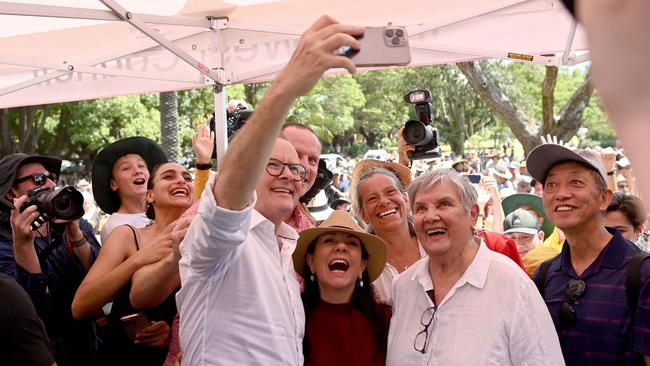
In recent weeks, some losers on the Yes side have displayed tedious self-indulgence, blaming everyone except themselves for the loss. The recent contributions of Shireen Morris and Greg Craven tell you something about the lack of insight and the shoddy analysis that have marked much post-referendum contributions by voice supporters. What we’ve learned most clearly is how deluded they remain.
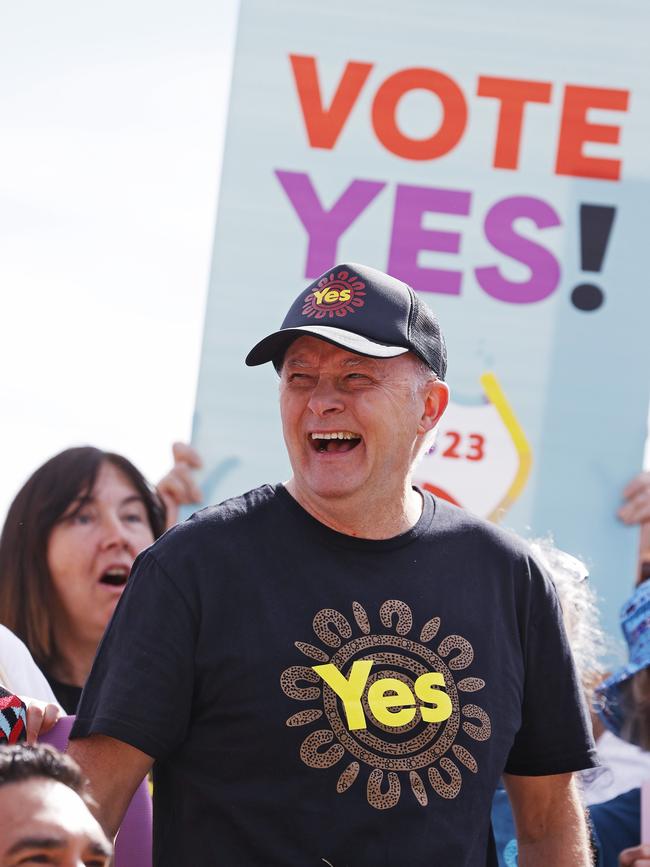
It might have helped the nation better understand the voice if the violent disagreements among people on the Yes side had been aired in public in full and before the referendum rather than behind closed doors after the referendum. Only towards the end of the campaign did we see even the hint of cracks emerge in their facade.
Instead, with completely ineffectual exceptions, the Yes side presented itself publicly as a solid phalanx of moralising custodians of the path to righteousness. Now they are more like Moaning Myrtles, shouting over metaphorical toilet cubicles past each other.
Craven made his last-gasp concerns particularly irrelevant by saying the defects of the voice proposal could be ignored. He would still vote Yes because it was the moral thing to do. The radicals picked their marks superbly. They didn’t need to compromise because all those who might have had sufficient influence to speak up and seek a workable compromise were already locked into whatever the radicals served up.
Morris writes in her extract from Broken Heart: A True History of the Voice Referendum that “Indigenous leaders repeatedly compromised to try to win Coalition support”. This is barmy stuff. As someone who followed this debate very closely, I know numerous compromises were offered – and categorically rejected by the Yes side. Both Father Frank Brennan and barrister Louise Clegg bravely put forward proposals with more moderate constitutional wording aimed at narrowing the voice’s operations. Both were ignored.
Indeed, according to another Yes supporter, Damien Freeman, Morris stopped working with the group Uphold & Recognise, the moderate voice supporters, after they held a forum in February last year that included Brennan and Clegg. “She objected to the fact that we allowed Clegg and Brennan to raise their concerns about the constitutional draft amendment that the Prime Minister announced … at Garma. Morris believed we should have put up only speakers who made the case for the Garma amendment,” Freeman wrote last weekend.
No signs of compromise there.
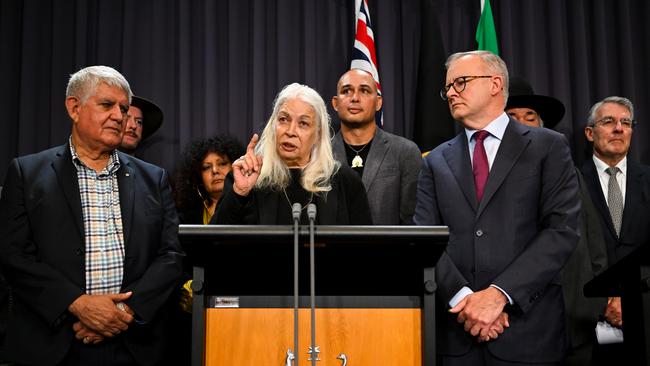
Others, including me, suggested that any constitutional provision include a “non-justiciability” clause to ensure that a future High Court could not soak itself in social and political activism with the new voice provisions. In fact, for many years Morris assured us “a First Nations voice was specifically designed to be non-justiciable”.
Alas, there was no compromise. When the Prime Minister released the proposed wording at Garma, non-justiciability was tossed aside. Leading Yes activist Marcia Langton laid bare the radical demands: “Why would we restrict the voice to representations that can’t be challenged in court?” And, according to Freeman, Morris didn’t want any critics of the High Court’s major role speaking at the Uphold & Recognise forum.
Others suggested the proposed wording of the voice be limited to advising on acts of parliament so that it would not reach into every part of executive government, including every move by a bureaucrat. That was ignored, too.
Morris is wrong about another more fundamental matter. It is, in my view, almost certain that the voice, even if all the various compromises had been accepted, would have been defeated.
At its core it was a bad idea for the simple reason that Australians would never accept a two-tier Constitution, where one group of people had special rights permanently entrenched in the Constitution. Dividing groups by race made a bad proposal worse. Acceptance of this simple yet powerful truth will be the final stage of activists dealing with their loss. However, some of the compromises at least would have moved the voice closer to success than the firm rejection it finally received last October.
So, failure doesn’t rest with the political right, as Morris alleges. The failure is twofold: a bad idea that was badly prosecuted.
The voice proposal was, in large measure, a vibe thing, packaged up as this undefined goal called reconciliation, along with a reaching out, hands in friendship thing, and so on. The only clear part of the proposal was that if you opposed the voice, you could expect abuse (we were racist), ridicule (we were too stupid to understand it) and mocking labels (we were Chicken Littles). What stood out was the deep disrespect of Yes advocates towards just about everyone. Even those who agreed with the voice were not told candidly and precisely what this body would entail.
The Yes side had little idea how to win friends and influence people. They treated morality as a zero-sum game – we on the Yes side are moral; you No people are not – when disagreement should have been respected as a difference of opinion.
Craven was one of the biggest disappointments during the debate. The constitutional academic had a long history of being astute about our Constitution and our High Court. In 1999, he wrote about our highest court under the title A Study in the Abuse of Power. The professor wrote: “The Court now has a long record of consciously ‘interpreting’ the Constitution in a manner contrary to the Founders, with a view to achieving this or that supposedly desirable social result … the court simply has begun a process of inventing appropriate rights, and purporting to ‘imply’ them into the Constitution.”
In 2012, writing in The Australian Financial Review, Craven wrote that “putting a whole new section into the Constitution to deal with Indigenous people, then packing it with abstract, legally binding value statements, displays the sort of political naivety usually encountered in the Mosman branch of the Young Greens. Once again, the slogan will be ‘Don’t Know – Vote No’.”
Back then, Craven predicted correctly that “legions of depressed Australians, entirely committed to reconciliation, yet not prepared to maul the Constitution to escape the lash of Professor Langton’s tongue” would vote no.
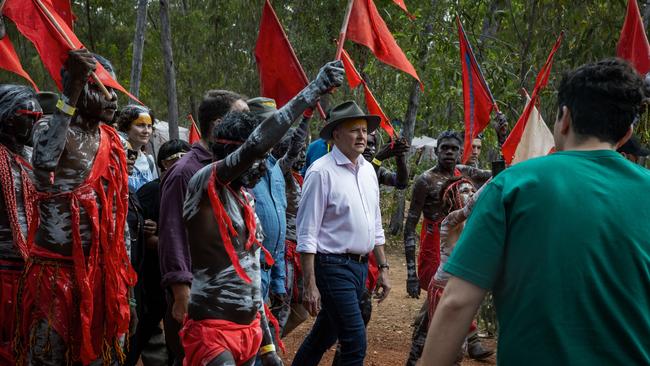
I miss that version of Craven – the genuine constitutional conservative. In recent years, Craven succumbed to unintellectual emotion and moralising every bit as unhelpful as the more radical activists. He treated thoughtful concerns about the voice with shrill contempt, never properly addressing them as a constitutional conservative should. Quips and comedy may help Craven get through his day but it was never going to carry the day for the voice.
If Craven was having heated disagreements with the Yes side, and I don’t doubt him, he didn’t bother telling us soon enough or fully enough. Only much later, when it became clearer that the Yes vote was probably going to fail, and he would be on the losing side, was Craven candid enough that there were problems with the proposal as drafted. The killer punch to Craven’s constitutional conservatism came when he threw caution to the wind and said he’d vote for the voice anyway because it was the moral thing to do.
Freeman, a fellow Yes advocate, has the courage to identify the proposal as driven by a particularly radical form of identity politics. This consists not only of the belief that some groups in society have been oppressed and that political action is needed to correct that oppression but that “only the oppressed group can determine what political action is necessary to overcome the oppression they have experienced”. Now we understand why at least some of those who might have been sceptical about the voice proposal felt themselves unable to object to it.
One thing Craven said 30 years ago is worth repeating. He described constitutional academics as “pretty pointless people”.
“If no one wants to rewrite the Constitution, it is a depressing business being a constitutional academic,” he said. “I speak from experience here. It is bitterly unfair that Sir Samuel Griffith and the boys got so successfully into the act in the 1890s, and that consequently no one is ever going to come to you and say, ‘Re-do the Constitution’, so that you get your turn.”
How exhilarating it must have been to imagine yourself recorded in history as one of the drivers of the voice amendment to the Constitution – finally a time to shine.
Perhaps Craven assumed the country would only ever remember those who changed the Constitution. I reckon the country will remember those who saved the Constitution – Jacinta Nampijinpa Price being the most important in that role. And she wasn’t even an eminent conservative constitutional professor. Though she had one, you didn’t need a law degree to understand why the proposal sank.



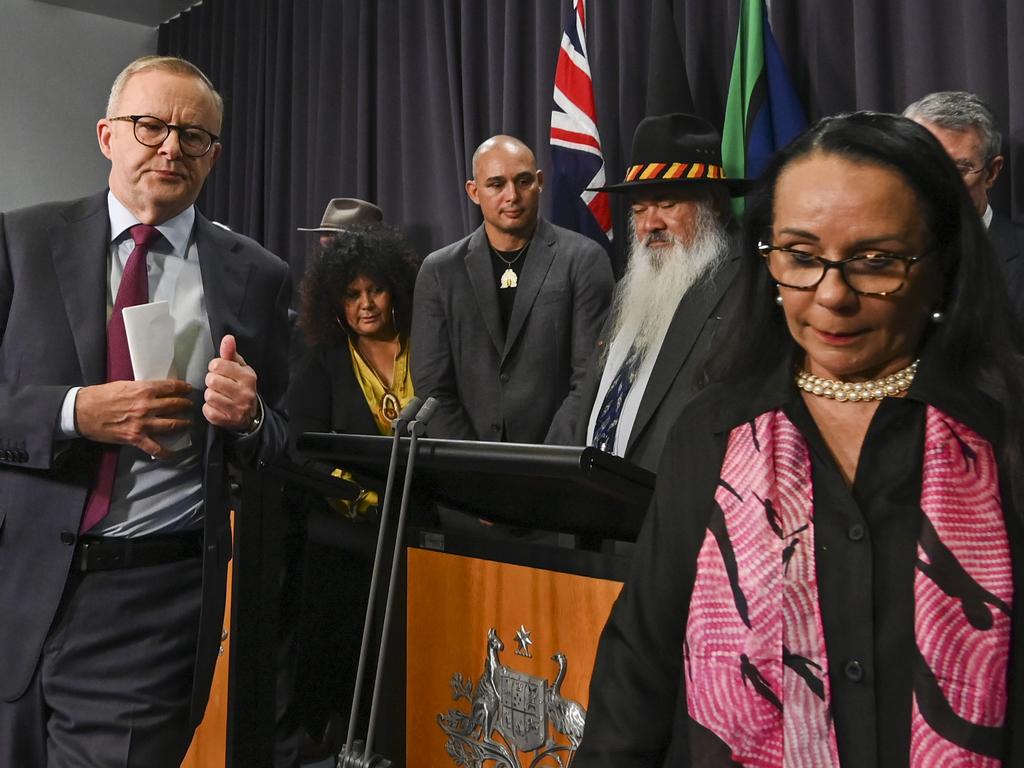


There was a time when the Yes side infuriated me with the shallow quality of their “debate”. Now the Yes side bores me. It has been 10 months since the proposal to change our Constitution failed, and its proponents still have not moved past the second stage of grief. They are now wallowing in anger. Why did this happen, who is to blame? Someone, please wake me up when the bloodletting stops. Even better, let’s hope they get to the final stage – acceptance – soon. Please.